Head gaskets may not be the most glamorous part of your car’s engine, but their role is critical. When the head gasket fails or “blows,” it can lead to a host of engine problems, some minor but many severe. Recognizing the early warning signs can save you from costly repairs — or even worse, from replacing your engine altogether.
If you’re a DIY car enthusiast or a car owner looking to understand the basics, this guide will walk you through the unmistakable signs of a blown head gasket. We’ll also touch on what to do next and discuss how proper vehicle maintenance and lubricants can play a role in prevention.
What Causes a Blown Head Gasket?
Before we discuss the signs, it’s important to understand how a head gasket fails. Overheating is the most common culprit. High engine temperatures can cause the gasket to warp and eventually fail. It may also result from issues such as improper installation, low-quality gaskets, or age-related wear and tear, especially in cars with higher mileage.
Neglecting proper engine care — like not monitoring coolant levels or using the wrong type of coolant — can accelerate the risk. Making small changes, like using high-quality vehicle lubricants and maintaining a regular maintenance schedule, goes a long way in avoiding such problems.
Seven Signs of a Blown Head Gasket
1. Overheating Engine
An overheating engine is often one of the first and most noticeable signs. When a head gasket blows, your cooling system’s efficiency is significantly reduced. You may observe rapidly climbing temperature gauges or, in severe cases, white steam coming from under the hood.
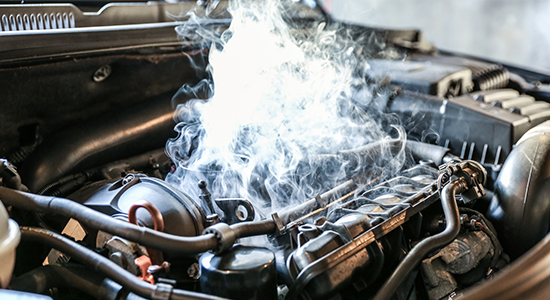
Pro Tip: Keep your coolant levels topped off and use a high-quality coolant mixture to ensure proper engine cooling. AMSOIL Passenger Car/Light Truck Antifreeze & Coolant (ANTPC) and AMSOIL Heavy-Duty Antifreeze & Coolant (ANTHD) provide superior heat transfer and excellent protection against corrosion, cylinder-liner cavitation, freezing and boil-over.
2. Milky Oil or White Sludge
A blown head gasket can cause coolant to leak into the oil. When the two mix, your engine oil takes on an unusual milky appearance, often described as looking like a chocolate milkshake. This contamination reduces the oil’s ability to lubricate the engine, leading to severe internal damage.
Quick Check Tip: Use the dipstick to assess if the oil is clean or has a milky consistency. Finding abnormalities here requires immediate attention.
3. White Exhaust Smoke
If you notice thick, white smoke coming from your exhaust pipe, it could indicate that coolant is entering the combustion chamber and burning with the fuel. The smoke might also have a sweet smell, which is a dead giveaway that your engine coolant is leaking.
4. Loss of Power or Poor Engine Performance
A blown head gasket likely results in loss of compression, meaning your engine will struggle to generate power. You may notice your car feels sluggish, misfires, or shows a significant drop in acceleration. These symptoms often accompany an engine that struggles or stalls completely.
5. Bubbles in the Coolant Reservoir
Air entering the cooling system due to a blown gasket can create bubbles in your coolant reservoir or radiator. Air interferes with proper coolant circulation and heat transfer, leading to a higher likelihood of overheating. If you remove the radiator cap (only when the engine is cooled), you might notice a gurgling or bubbling effect in the coolant.
Keep in mind, this bubbling could also indicate other cooling system issues, so a proper diagnosis is necessary.
6. External Coolant or Oil Leaks
Sometimes, visible leaks of oil or coolant around the engine head could point to a damaged head gasket. Check for puddles underneath your car or stains under the hood on engine components.
While a leak doesn’t always confirm a blown head gasket, it’s a red flag worth investigating.
7. Check Engine Light
Ignoring a “check engine” light is never a good idea, especially when it relates to head gasket failure. Poor combustion caused by compression loss is often detected by your car’s onboard diagnostic system. It’s often best to connect an OBD-II code scanner to pinpoint the specific issue.
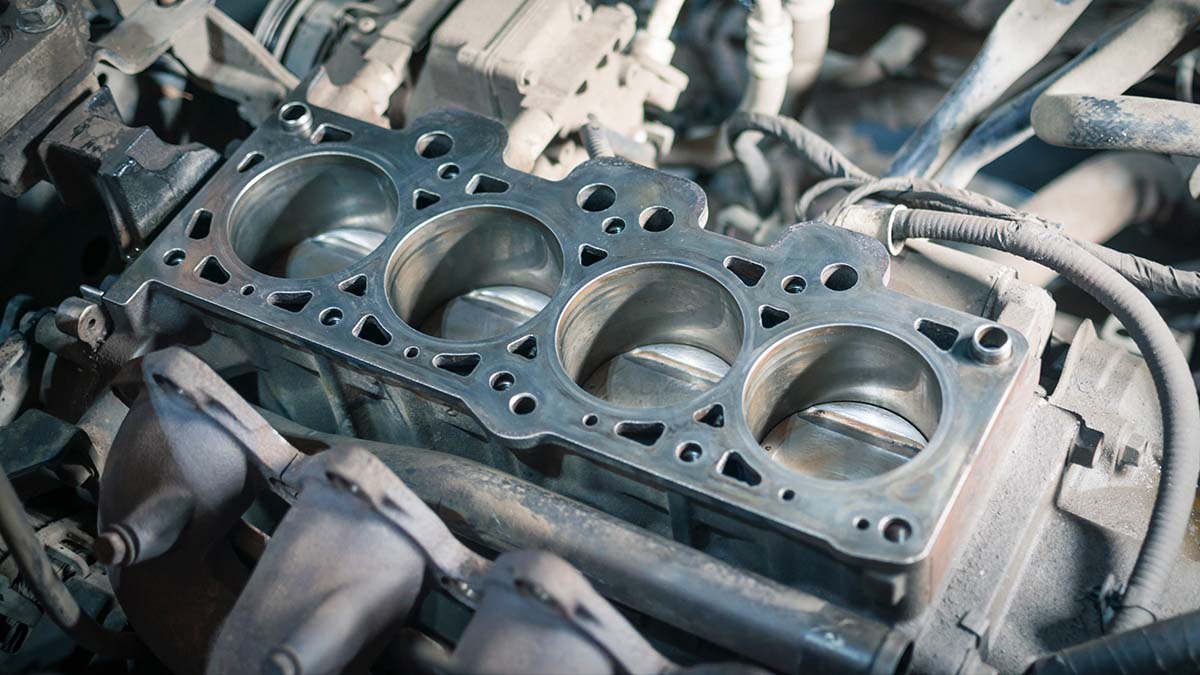

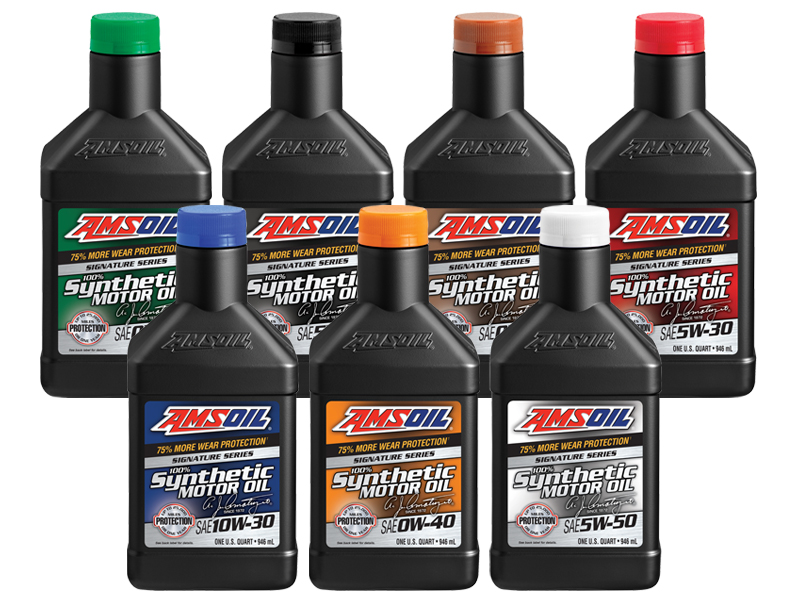
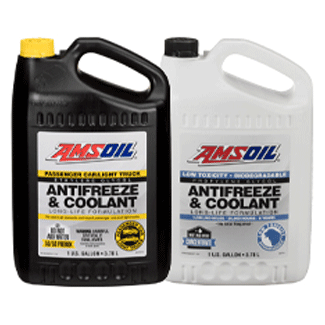
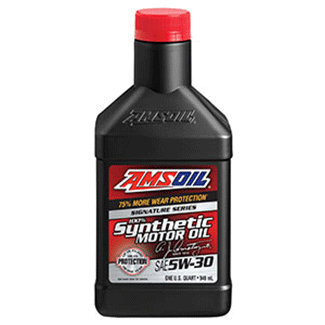




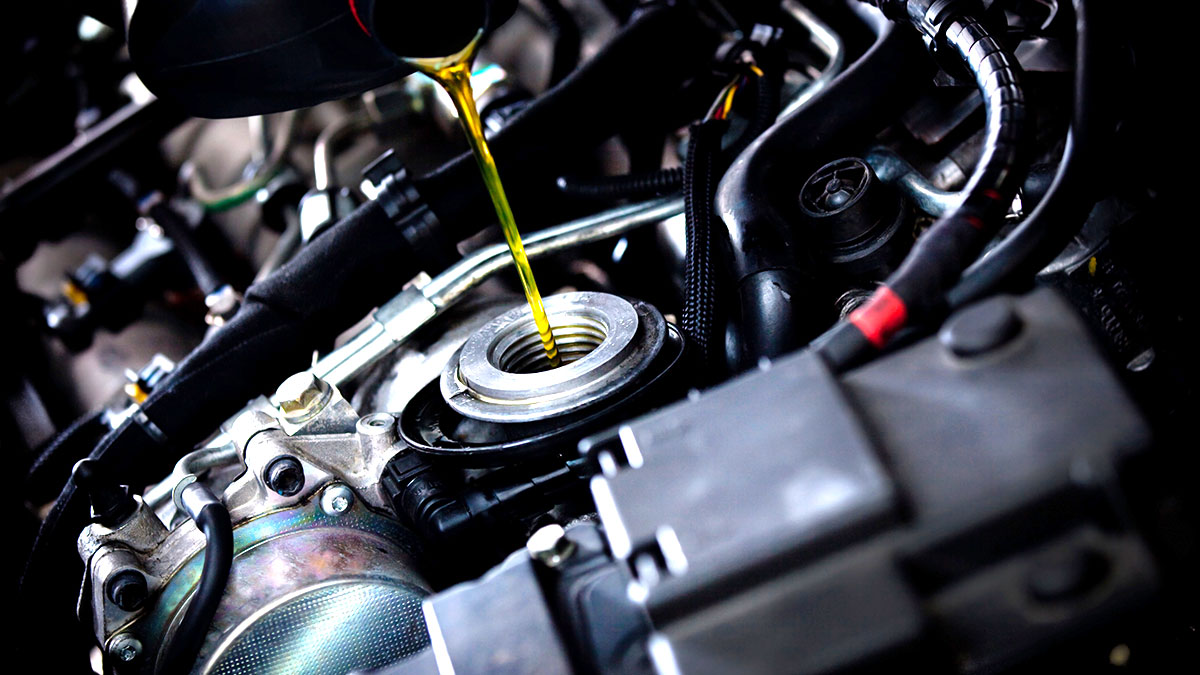
Comments
AMSOIL Technical Writer
Share: